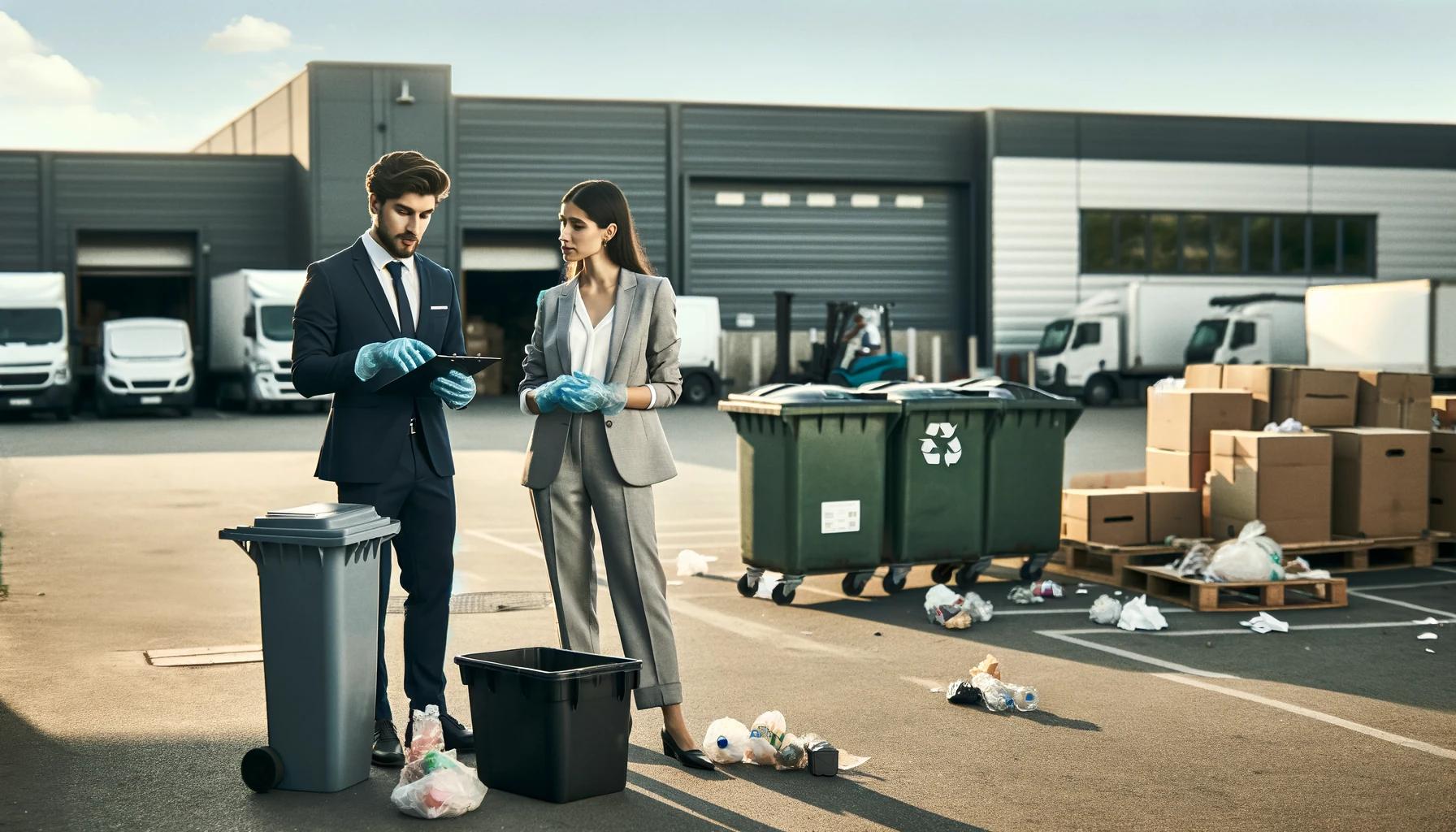10 Steps for Conducting a Waste Audit
In our present era of environmental awareness, embarking on a waste audit is a critical move for companies aiming to minimize their ecological footprint, enhance green practices, and reduce excess expenditures. Undertaking a waste audit may appear formidable, yet adopting a systematic approach renders it a critical instrument for eco-friendliness and operational efficiency. Drawing from my personal journey towards eco-sustainability, here is a structured guide to executing a fruitful waste audit.

Initial Phase: Define Goals
Prior to examining waste, it’s pivotal to outline your aspirations for the audit. Whether your aim is waste minimization, regulatory adherence, boosting your brand’s eco-image, or pinpointing recycling avenues, having defined goals steers your audit and concentrates your efforts on what matters most.
Phase Two: Team Formation
A successful audit is a team effort. Assemble a diverse team from departments like operations, eco-sustainability, facility oversight, and finance to ensure a comprehensive approach. Each participant contributes distinct insights and knowledge, enriching the auditing process.
Phase Three: Scope Determination
Choose the extent of your audit—whether it encompasses the entire company or focuses on particular segments or sites. Your goals and available resources will influence this decision. Beginning on a smaller scale can offer a chance to perfect your approach before widening its application.
Phase Four: Data Gathering
Central to the audit is the collection of waste and recyclables over a set timeframe, which could range from a day to a month. It’s essential that your team knows exactly what to collect and the method of sorting.
Phase Five: Waste Sorting and Classification
This stage, where waste is sorted into categories like paper, plastic, organics, electronics, and non-recyclables, is often revelatory. It helps in understanding waste composition and pinpointing improvement areas.
Phase Six: Data Examination
Now, with sorted and classified waste, analyze the volume or weight per category in relation to your goals. Identifying patterns and major waste sources is crucial here.
Phase Seven: Spotting Enhancement Opportunities
The analysis will highlight areas needing improvement, such as high volumes of recyclable waste being improperly disposed of or chances to lessen waste at its origin.
Phase Eight: Action Plan Development
Craft an action plan based on your insights, which could involve starting recycling initiatives, opting for less packaging, educating staff on waste reduction, or renegotiating waste services. This plan should align with your original goals.
Phase Nine: Implementation of Changes
With a strategy in hand, enact the identified improvements and ensure your team is informed and involved. Education and engagement are vital for success.
Phase Ten: Continuous Monitoring and Adjustment
Observe the effects of your initiatives and be ready to tweak your approach as necessary. Waste auditing is an ongoing endeavor for continuous improvement. Regular reviews help maintain progress and identify new areas for enhancement.
Common Queries
How often should a company conduct a waste audit?- Frequency can vary, but annually is advisable, with higher frequency possibly needed for dynamic or high-waste sectors.
- Are waste audits useful for small businesses?
- Yes, companies of all sizes can find value in waste audits, with small businesses often uncovering significant cost-saving and sustainability opportunities.
- What challenges might arise during a waste audit?
- Challenges include dedicating time and resources, ensuring precise data collection, and achieving staff participation. Overcoming these hurdles necessitates leadership commitment and clear communication of benefits.
Final Thoughts
A waste audit is a significant stride towards enhancing your company’s sustainability and operational efficacy. By adhering to these ten steps, you can uncover insights into your waste management practices and discover areas for improvement. The ultimate aim is not only waste reduction but also cultivating a sustainability ethos within your company.
For companies poised to elevate their green journey, a professional waste audit can be transformative. I suggest reaching out to Integrity Recycling and Waste Solutions for a complimentary waste audit that can aid in uncovering efficiencies, reducing costs, and improving your environmental footprint. Embrace this chance to refine your waste management approach and contribute to a greener future. For further insights into the benefits and process of waste audits, consult the Environmental Protection Agency (EPA) and their guidelines on the subject.
